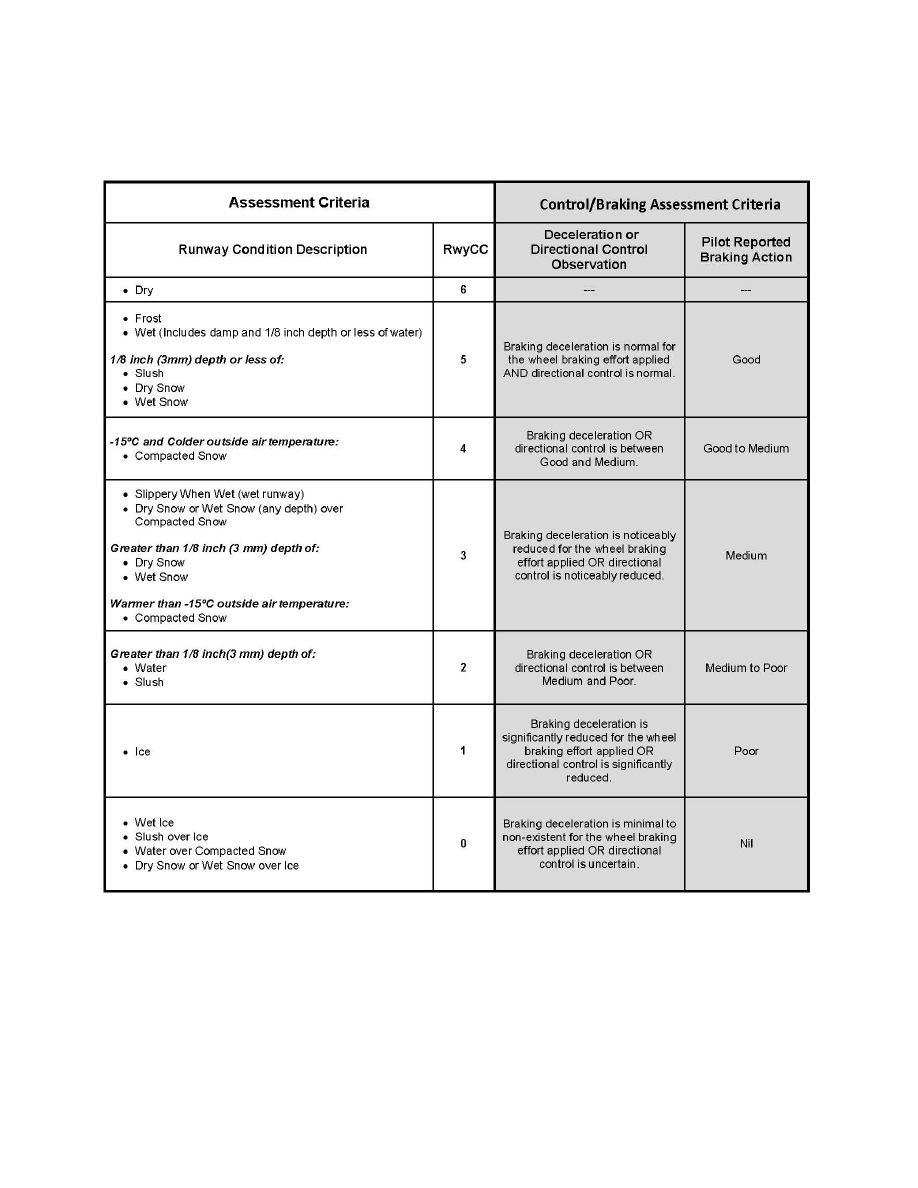
4/20/23
AIM
FIG 4
−
3
−
7
Runway Condition Assessment Matrix (RCAM)
4
−
3
−
10. Intersection Takeoffs
a.
In order to enhance airport capacities, reduce taxiing distances, minimize departure delays, and provide for
more efficient movement of air traffic, controllers may initiate intersection takeoffs as well as approve them when
the pilot requests. If for ANY reason a pilot prefers to use a different intersection or the full length of the runway
or desires to obtain the distance between the intersection and the runway end, THE PILOT IS EXPECTED TO
INFORM ATC ACCORDINGLY.
Airport Operations
4
−
3
−
15